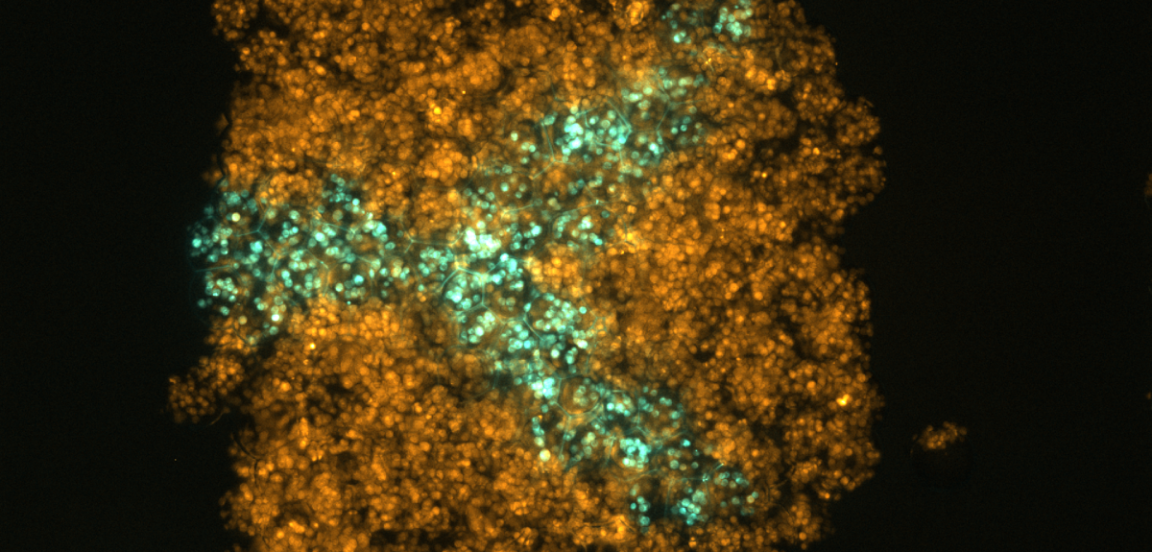
Cell by Cell
3D-printing technology has made significant strides over the past several years. What started as a tool for producing small objects can now be used to craft food, build houses, and even construct “space fabric.”
One of the tech’s most impressive applications, however, is the creation of artificial tissues and organs, a process known as 3D bioprinting, and now, a team of researchers from the University of Oxford has developed a new method that takes 3D bioprinting to the next level. They published their work in the journal Nature Communications.
A major challenge faced by researchers when 3D printing artificial tissues is getting them to maintain their shape. The cells are apt to move around in the printed structure and collapse in on themselves.
To avoid this, the Oxford team, led by 3D-bioprinting scientist Alexander Graham from Oxford Synthetic Biology (OxSyBio), contained their cells within nanolitre droplets that were wrapped in a lipid coating. These droplets could then be placed one layer at a time into living structures. Thanks to the structural support provided by the container, the tissues would maintain their shape, and the individual cells could survive longer as well.
Better Tissues
Because this new method allows tissues to be built one drop at a time, researchers can use it to more accurately mimic natural tissues.
“We were aiming to fabricate three-dimensional living tissues that could display the basic behaviors and physiology found in natural organisms,” Graham said in a press release.
“To date, there are limited examples of printed tissues, which have the complex cellular architecture of native tissue. Hence, we focused on designing a high-resolution cell printing platform, from relatively inexpensive components, that could be used to reproducibly produce artificial tissues with appropriate complexity from a range of cells including stem cells,” he explained.

Researchers across the globe have already made considerable advances in 3D bioprinting and how it can be applied to regenerative medicine. We can now create 3D-printed organs and body parts that resemble and function like their natural counterparts, such as those realistic-looking ears. By enabling the production of complex tissues, the Oxford team’s method could revolutionize regenerative medicine even more, allowing for the repair or replacement of more intricate diseased and damaged body parts.

“There are many potential applications for bioprinting, and we believe it will be possible to create personalized treatments by using cells sourced from patients to mimic or enhance natural tissue function,” OxSyBio CTO Sam Olof said in the press release. “In the future, 3D bio-printed tissues maybe also be used for diagnostic applications — for example, for drug or toxin screening.”
The next step, according to Graham, is to develop complementary printing techniques that will allow for the use of additional kinds of living and hybrid materials. At the same time, they’re exploring the production of their current artificial tissues on an industrial scale.